
As a continuation of last week’s blog post, here comes part 2 where we touch deeper on the subject of the property purchasing process in Spain.
Together with MiMove’s auditor, we have created a summary and highlighted the various aspects of the buying process.
Of course you can, and most likely should, take help from an estate agency and/or solicitor to make sure it is correct and you do not need to deal with this process directly yourself. However we thought we would give you an general idea of the steps. Here is our step-by-step guide on how to proceed when buying a home in Spain.
It can take a long time to find a home that suits your taste and is also located where you want to live or invest. Once you have found a property that you want to buy, the first thing you need is a “nota simple de la propiedad“, which is a standardized report that describes the property and its aspects such as:
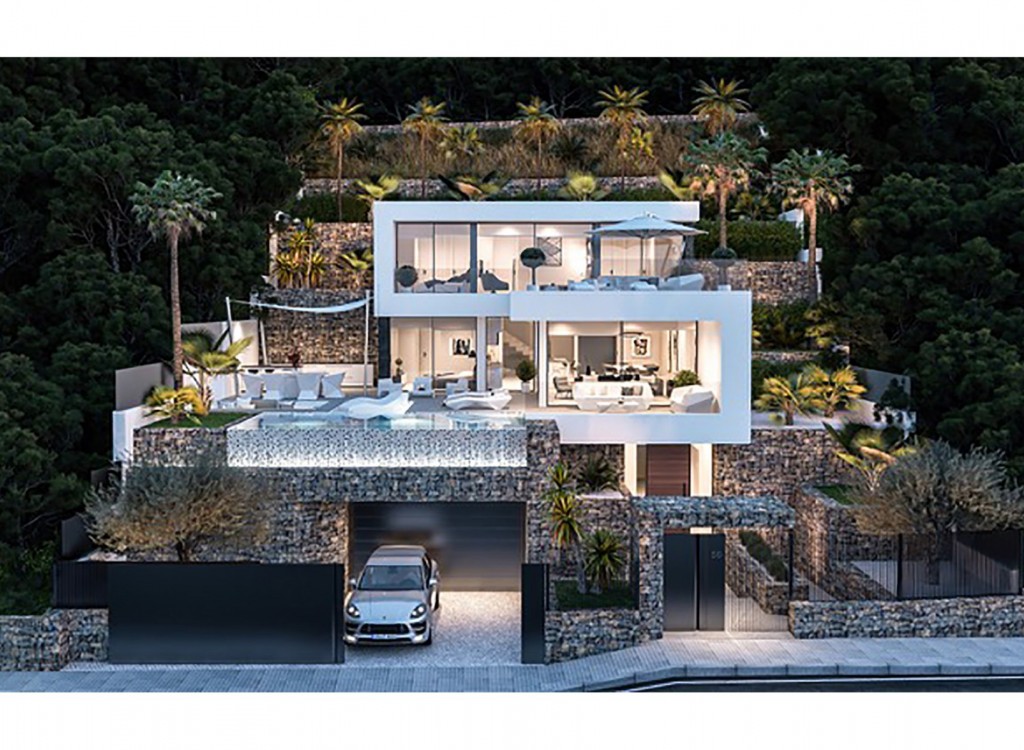 Keep track of the documents[/caption]
Keep track of the documents[/caption]
In Spain, it is normal to tie a loan to a property, which means that any debts can be transferred to the next owner upon a sale. Therefore, the property registry has this information open and available to the potential buyer. Nota simple can be ordered by anyone and for any home throughout the country. Here you visit to order the nota simple.
It usually costs €3 for an extract and you normally receive the document the day after. You order the document using “número de referencia catastral“, which is the unique number for each property. This number should be able to be given to you by the property owner or realtor.
 Calpe – Costa Blanca[/caption]
Calpe – Costa Blanca[/caption]
You should double check that the description in the nota simple matches the real condition of the property. Sometimes there are large differences due to the owner not declaring all of the work that has taken place inside or around the property.
It is important to check local building permits to avoid problems with the legality of the property. To double check this, you can visit the town hall, “el ayuntamiento” as it is called in Spanish.
Also check that the joint fees (by the owners ‘association / tenant-owners’ association) and the municipal taxes (IBI) have been paid.
If all this sound complicated and stressful, you should consider taking help from an estate agency. And/or, as an alternative buy a new production home as you then are able to avoid any complicated history and inconvenience from previous owners. In addition, you can usually get more for your money when you buy a new development.
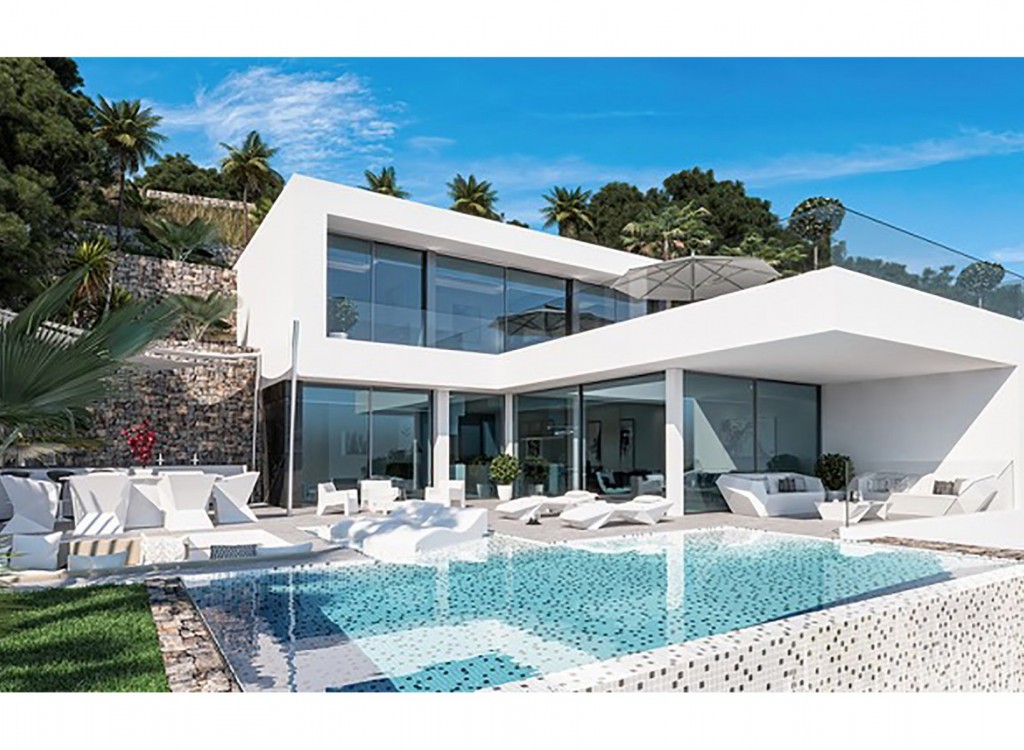 A lot to keep track of?[/caption]
A lot to keep track of?[/caption]
Once you have checked that all the information about the home is correct and you have decided to buy, the next step is to decide if you need to take out a loan in order to buy. Normally, banks in Spain can lend you between 70-80% and the rest you would need to pay yourself as a down payment, provided you have a “nómina“, ie proof of income.
The next step is to hire a “tasadora” who evaluates the property. You should probably also inspect the property, although this can and should probably be done in an earlier step. There are various inspection companies to choose from, including English speaking ones. Remember that property inspections is the buyers responsibility.
After the inspection is done, a “contrato de arras” is created. This is a private agreement between the buyer and the seller where the parties agree to carry out the sale of the property and the buyer delivers a partial sum of the total sale price. The price of an evaluation by a tasadora depends on the property location and its size. To give a rough example, a control for 90m2 can cost about €180.
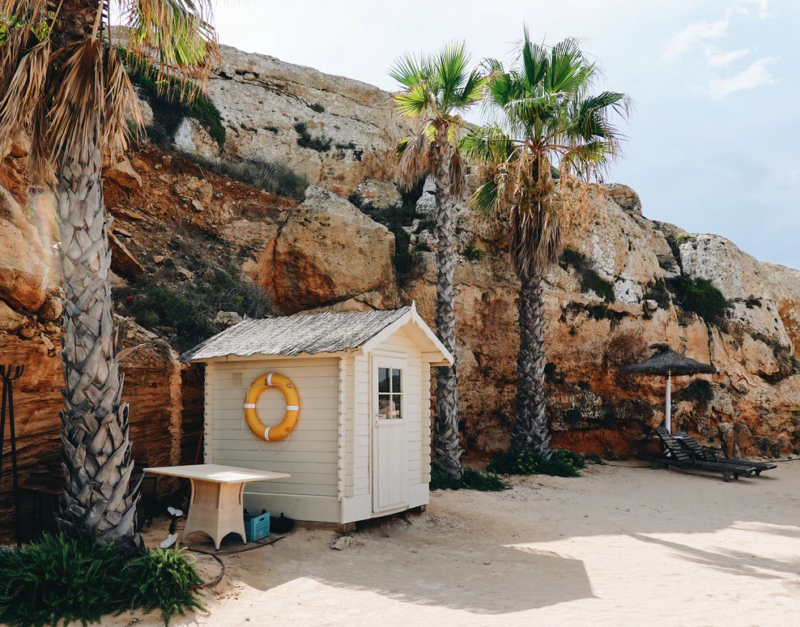 Soon the house is yours![/caption]
Soon the house is yours![/caption]
In the last step, you need an official signature from a notary. Normally, there is always an English-speaking person in the notary’s office if you need translation. At the notary’s, an official and legal purchase contract is drawn up and signed by all parties. The notary guarantees the validity of the document for all purposes and is also responsible for keeping a copy for the upcoming 25 years.
In addition, the notary also guarantees that the transaction is well structured and that the rights of both parties are protected, especially the buyer’s.
Normally, the notary fee is about €2,000 but the amount can of course vary.
As a home buyer you normally pay about 8-10% tax and as a seller the number is about 15-20%. The proportion can vary depending on one’s previous home purchase and other aspects. Other administration fees may also apply, however, it usually depends on individual circumstances so do not take these numbers as the absolute truth. Also laws and taxes might change. Your estate agency can give you more accurate numbers.
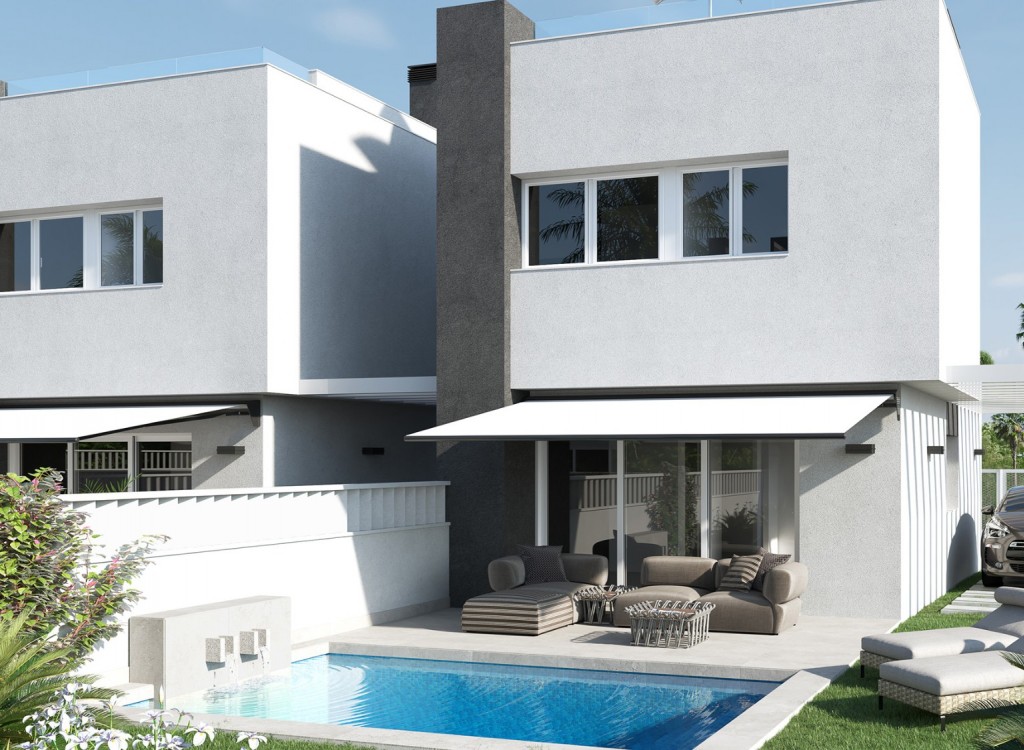 Finally time to move in![/caption]
Finally time to move in![/caption]
After a lot of patience, it is now time to move into the new home and start furnishing and decorating. Sometimes homes are sold furnished, but most often you have to invest in furniture yourself. Large furniture giants such as IKEA and Jysk are found in several places around the country. In supermarkets such as Carrefour and Alcampo, you can find smaller furniture and other things for the home. Leroy Merlin is also available for those who feel handy.
In previous blog posts, we have also talked about different transport options for when you move your things from your home country. We also found out how it goes when you move with pets and also about home security.
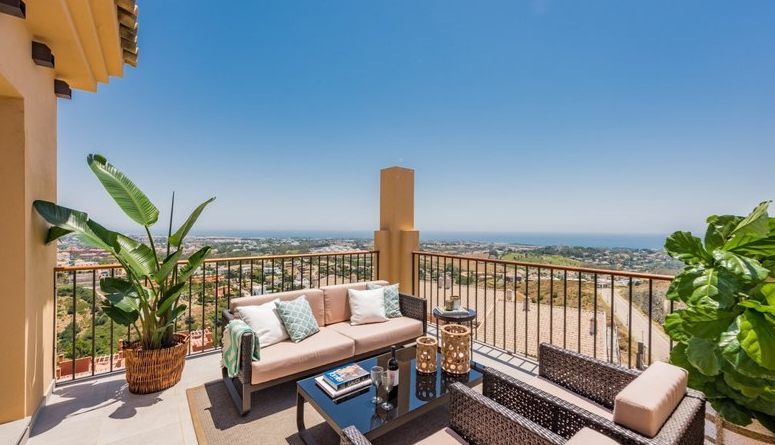 Views from a Benahavís apartment on Costa del Sol[/caption]
Views from a Benahavís apartment on Costa del Sol[/caption]
If you still haven’t found your ideal home in Spain or Portugal, you can find a lot of options with MiMove.com.









No results available
Reset